- Have any questions?
- +86-189 8930 5995
- sales@mosinterchem.com.cn
EUROPIU CAS 7440-53-1
- Home
- Rare Earth And Rare Metals
- EUROPIU CAS 7440-53-1

CERIUM CAS 7440-45-1
24/12/2018
Erbium oxide CAS 12061-16-4
24/12/2018| Model: | MOS 7440-53-1 |
| Brand Name: | MOSINTER |
| Alias: | EUROPIUM METAL |
| CAS: | 7440-53-1 |
| Appearance: | Silver metal |
| Molecular weight: | 151.96 |
| Molecular Formula: | Eu |
| Heat of fusion: | 9.21 kJ/mol |
| Melting point: | 822 °C |
| Boiling point: | 1527 °C |
| Density: | 5.24 g/mL at 25 °C(lit.) |
EUROPIUM (CAS: 7440-53-1)
| Main Content: Eu/TREM ≥99.995% | |
| RE Impurities (%/MIN) | Non—RE Impurities (% MIN) |
| Nd 0.0008 | Ca 0.0025 |
| Sm 0.0008 | Fe 0.0035 |
| Gd 0.0008 | Mg 0.0010 |
| Tb 0.0008 | W 0.0055 |
| Dy 0.0020 | C 0.0023 |
| Y 0.0008 | Mo 0.0003 |
| Particle diameter: 20-30micron | O 0.026 |
| Si 0.0018 | |
| Al 0.0010 | |
| Cl 0.0045 | |
| TREM 99.92% MIN | |
Europium is a chemical element with the symbol Eu and atomic number 63.
It is named after the continent Europe. It is a moderately hard, silvery metalwhich
readily oxidizes in air and water. Being a typical member of the lanthanide series,
europium usually assumes the oxidation state +3, but the oxidation state +2 is also
common: all europium compounds with oxidation state +2 are slightly reducing.
Europium has no significant biological role and is relatively non-toxic compared to
other heavy metals. Most applications of europium exploit the phosphorescence of
europium compounds.
Application
Relative to most other elements, commercial applications for europium are few and rather
specialized. Almost invariably, they exploit its phosphorescence, either in the +2 or +3
oxidation state.
It is a dopant in some types of glass in lasers and other optoelectronic devices. Europium
oxide (Eu2O3) is widely used as a red phosphor in television setsand fluorescent lamps,
and as an activator for yttrium-based phosphors. Color TV screens contain between 0.5
and 1 g of europium. Whereas trivalent europium gives red phosphors, the luminescence
of divalent europium depends on the host lattice, but tends to be on the blue side. The two
classes of europium-based phosphor (red and blue), combined with the yellow/green terbium
phosphors give “white” light, the color temperature of which can be varied by altering the
proportion or specific composition of the individual phosphors. This phosphor system is typically
encountered in helical fluorescent light bulbs. Combining the same three classes is one way to make
trichromatic systems in TV and computer screens. Europium is also used in the manufacture of
fluorescent glass. One of the more common persistent after-glow phosphors besides copper-doped
zinc sulfide is europium-doped strontium aluminate.Europium fluorescence is used to interrogate
biomolecular interactions in drug-discovery screens. It is also used in the anti-counterfeiting
phosphors in eurobanknotes.
An application that has almost fallen out of use with the introduction of affordable superconducting
magnets is the use of europium complexes, such asEu(fod)3, as shift reagents in NMR spectroscopy.
Chiral shift reagents, such as Eu(hfc)3, are still used to determine enantiomeric purity.
You must be logged in to post a review.

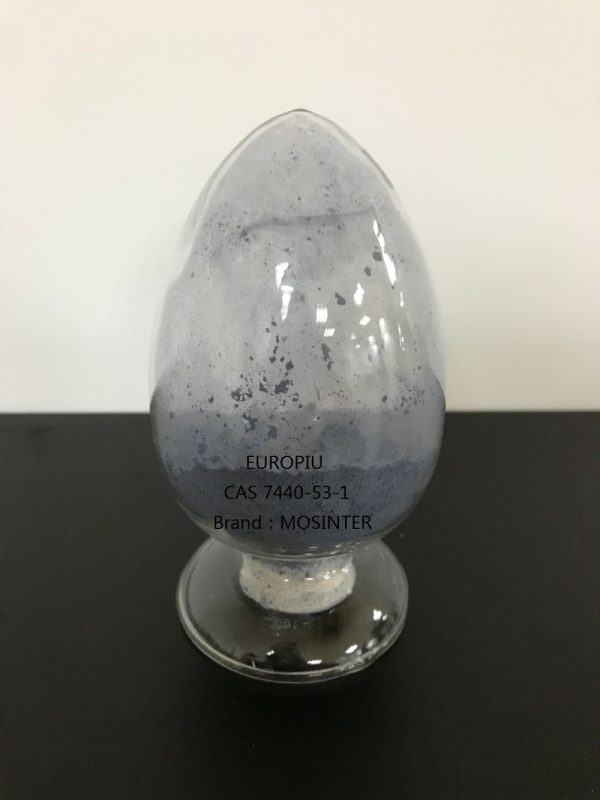
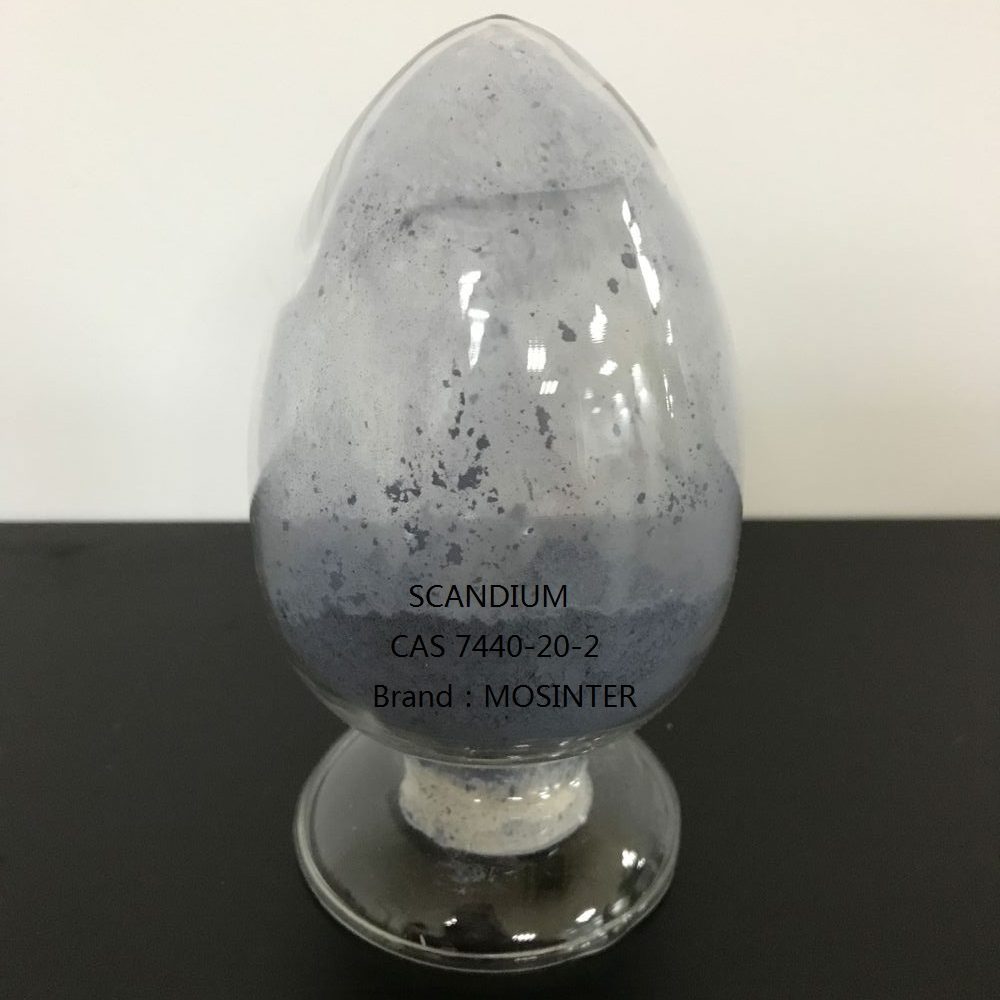
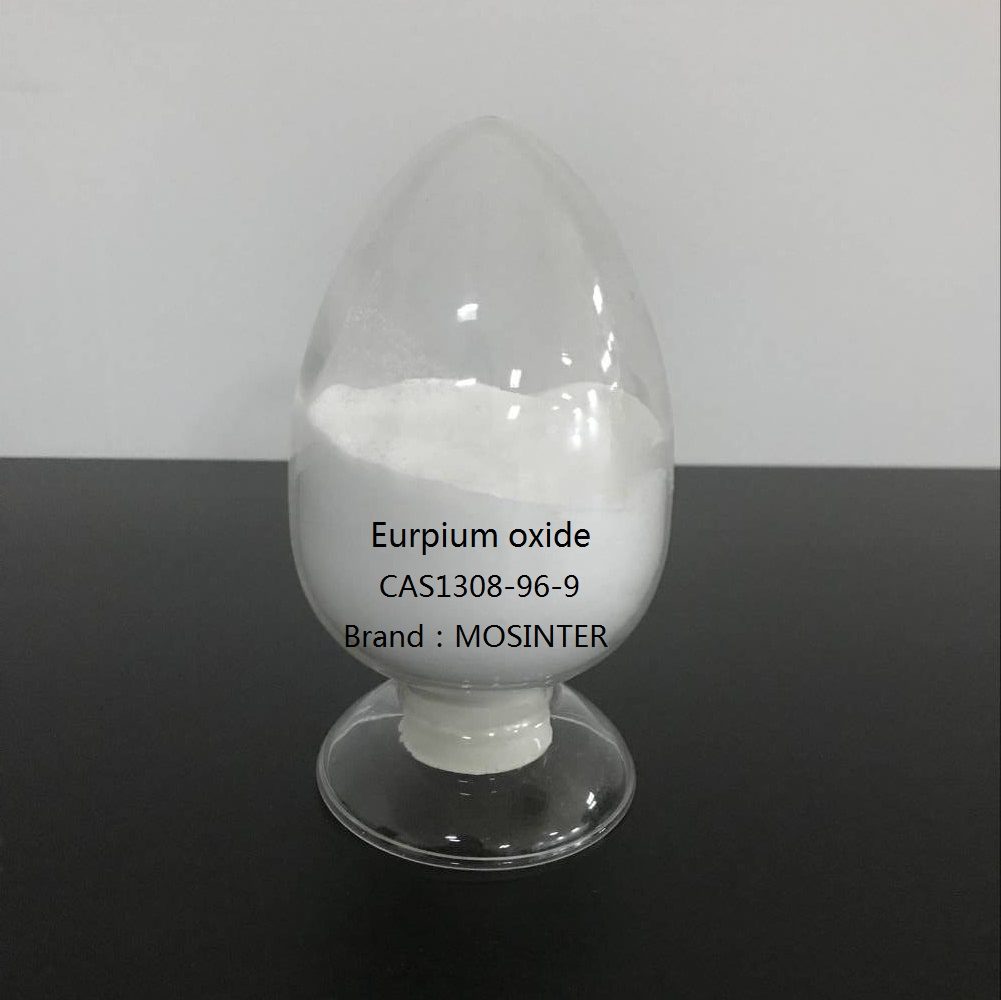
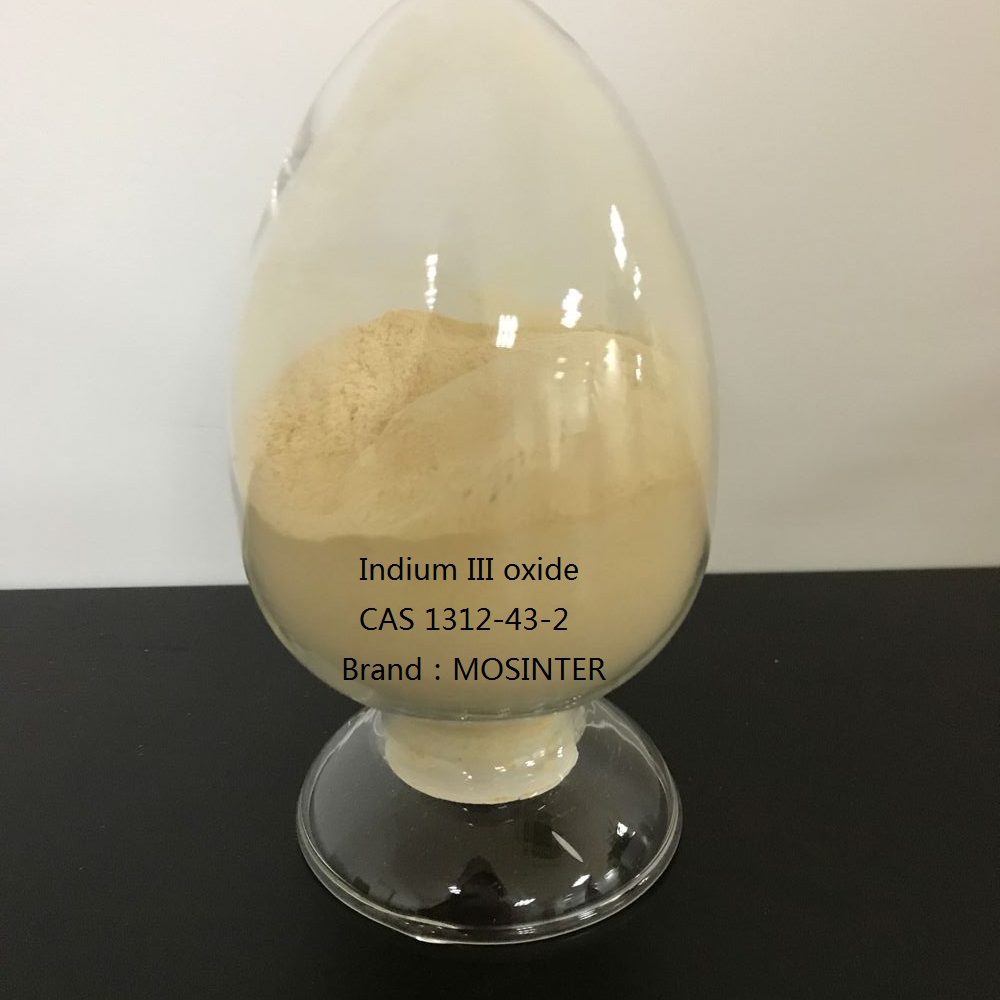
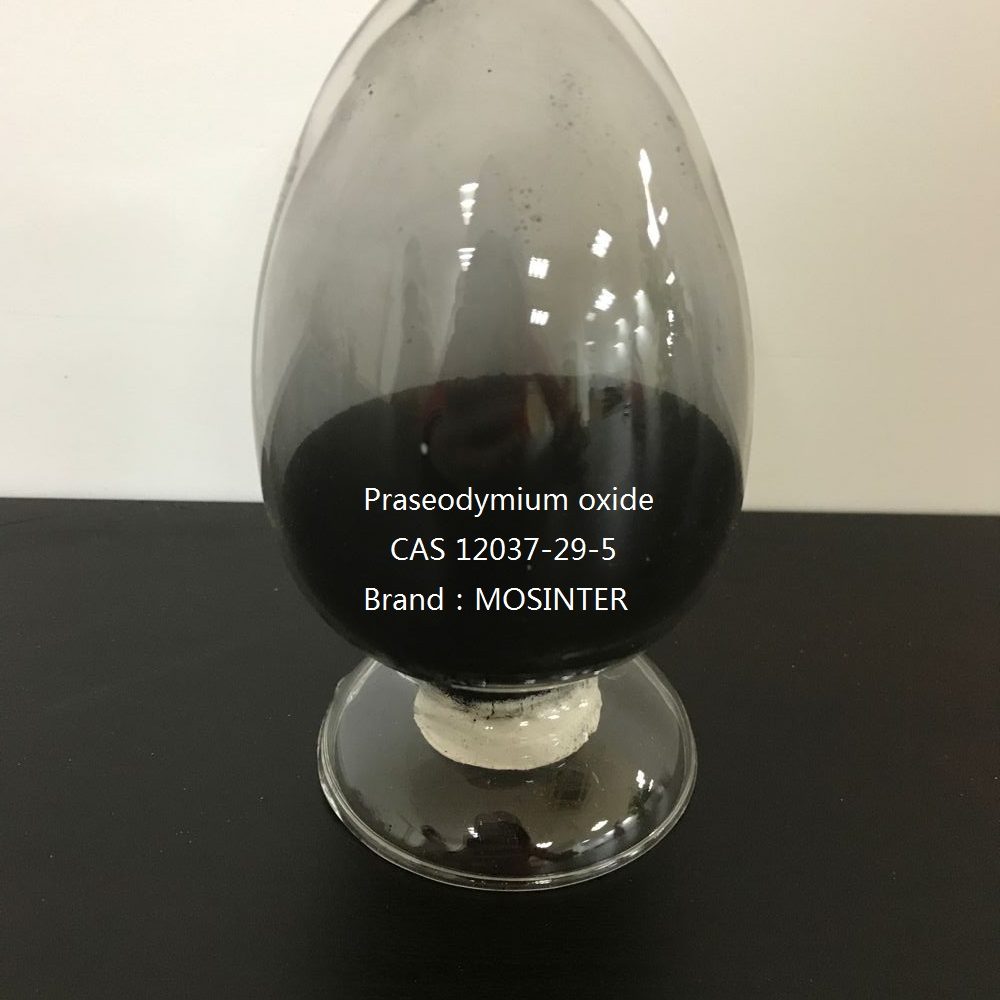
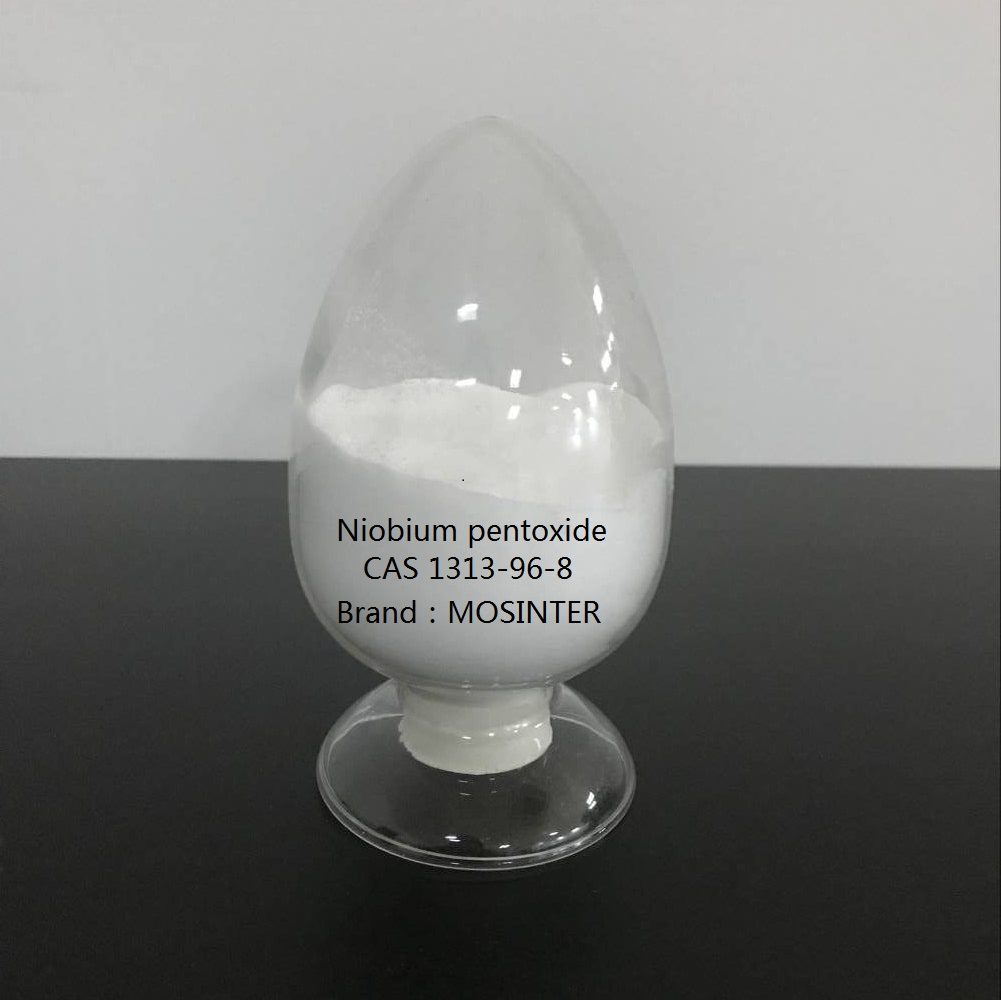
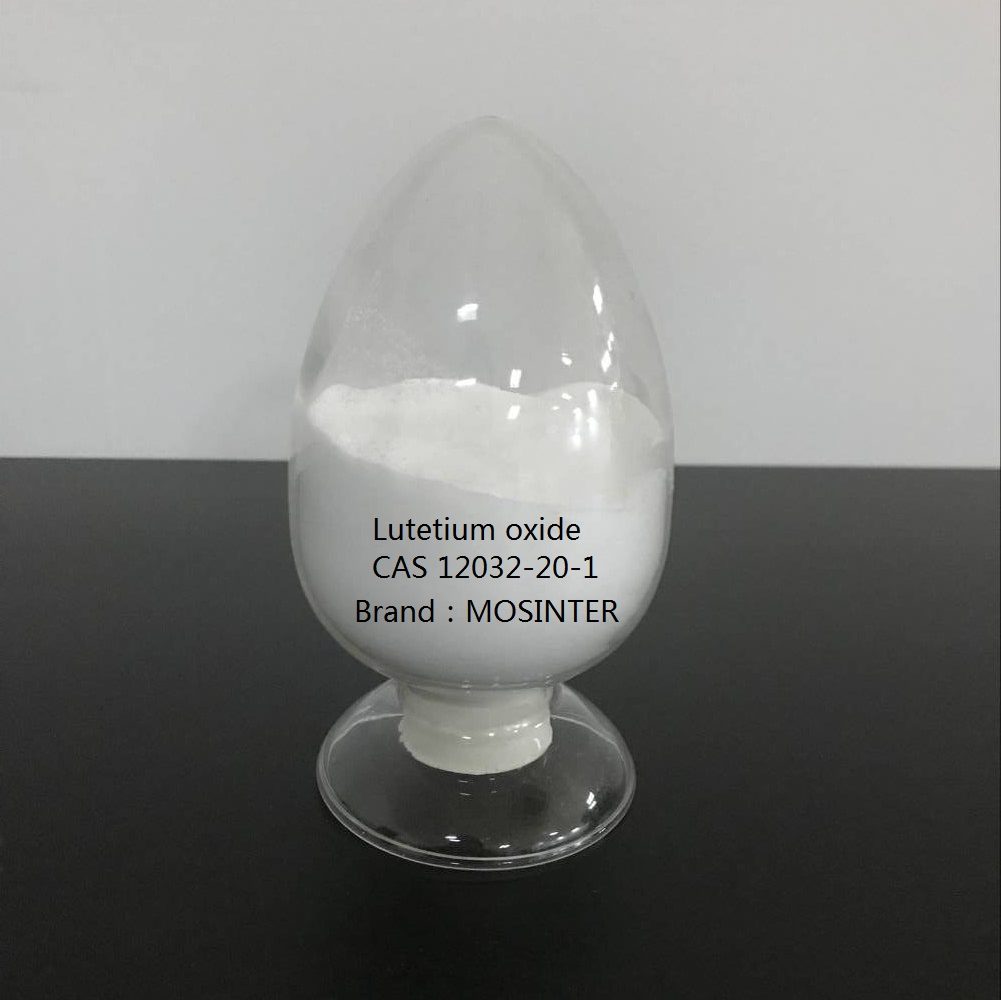
Reviews
There are no reviews yet.